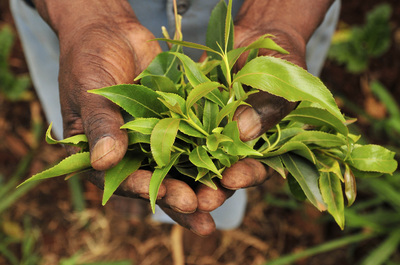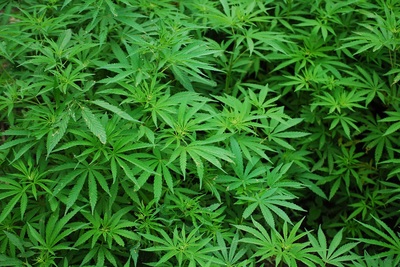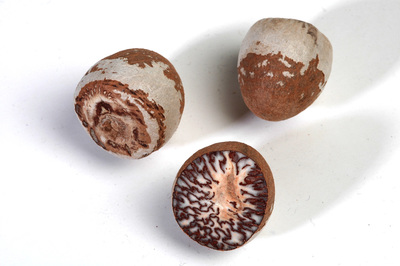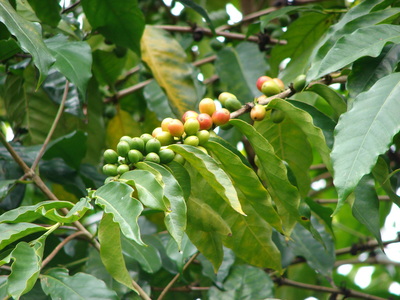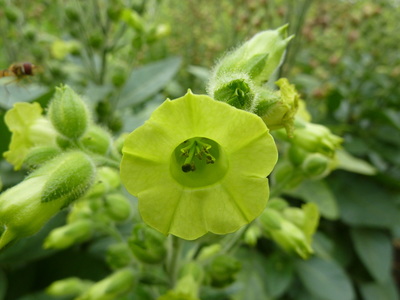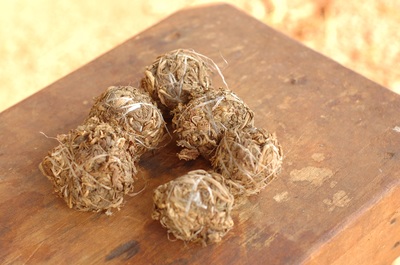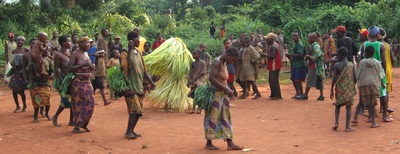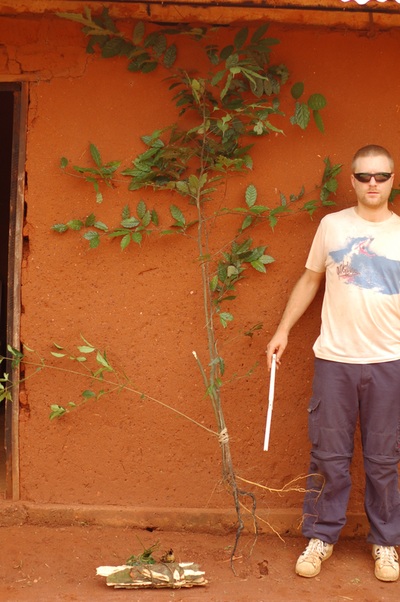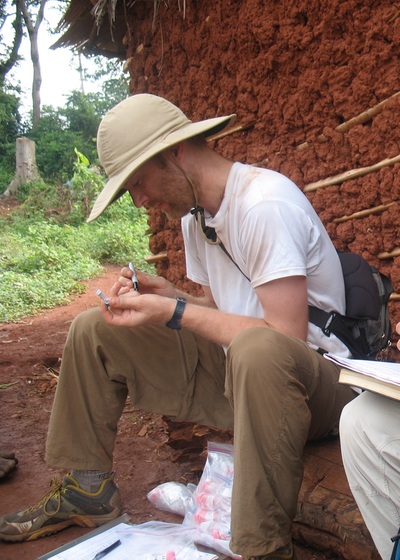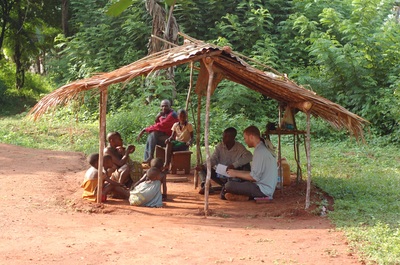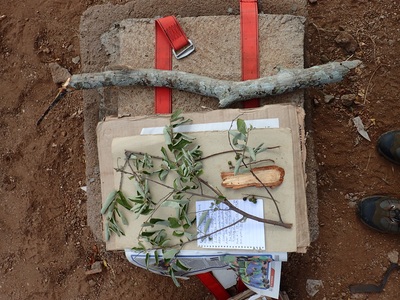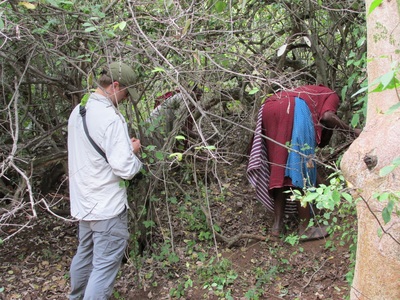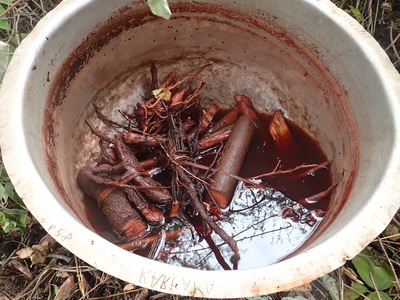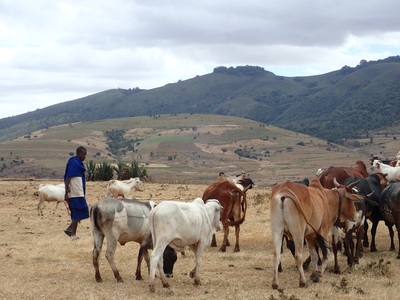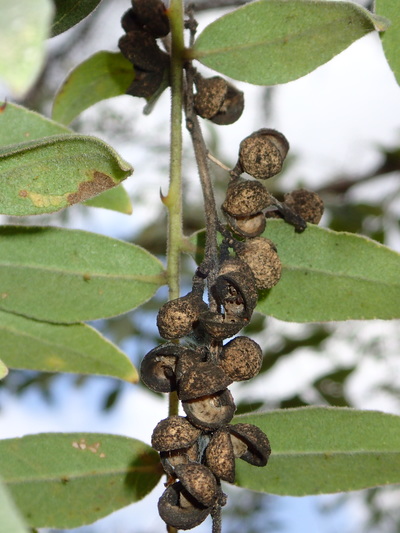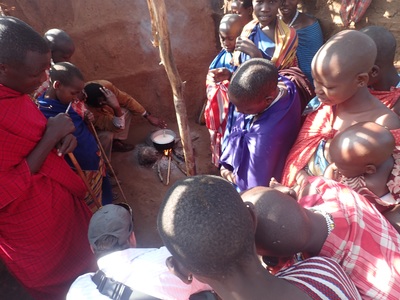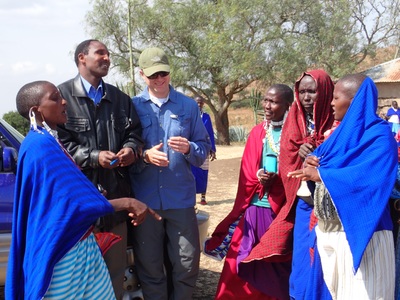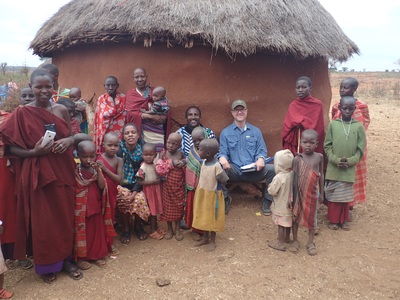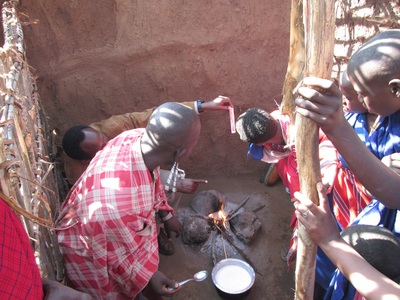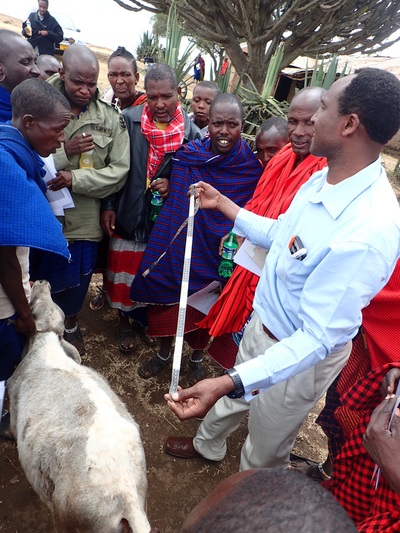Food Insecurity and wellbeing among US college students

Food and economic insecurity are increasing among US college students. We conducted a series of cross-sectional studies among US college students exploring food insecurity and associations with mental distress and diet (Kopels & Roulette, 2023), mortality risk and economic effort (Roulette & Kopels, 2024) and sleep outcomes (Kopels, Shattuck, Rocha, and Roulette, 2023).
Our first cross-sectional study examined food insecurity among 118 self-described economically-insecure college students during COVID-19 lockdowns (during the Summer and Fall of 2020). Participants attended a major public university on the US west coast. They conducted an online survey, and a sub-set of 51 completed a telephone interview. We were interested in situating students' experiences of food and resource insecurity within the context of the uncontrollable mortality risk hypothesis. This is a behavioral ecological framework that emphasizes the effects of uncontrollable mortality risk on resource allocation strategies. To what degree do college students experience food insecurity? How is food insecurity linked with other experiences of adversity, in particular mortality risk and resource scarcity? Do experiences of adversity shape the amount of effort students put forth to maintain their long-term economic wellbeing? In what ways are food insecurity and adversity linked to other indices of wellbeing, such as mental distress and diet?
Key Findings:
Our second series of cross-sectional studies builds on and expands the first study, exploring food insecurity and associations with psychological distress and sleep outcomes. Unlike our first study, which focused on self-described economically-insecure college students enrolled at a large public university on the US west coast, these latter studies are being conducted among the general student populations of two different large public universities located in the US southwest. The results of these latter studies are still forthcoming.
Key Findings:
Taken together, these studies reveal that food insecurity --which is increasing among college students -- potentially contributes to numerous adverse outcomes. On the one hand, food insecurity likely exacerbates psychological distress, which in turn can affect dietary and sleep patterns. On the other hand, food insecurity is associated with the amount of uncontrollable mortality risk that one perceives. In turn, uncontrollable mortality shapes resource allocations strategies -- strategies that are reflected in, for example, the amount of effort individuals put forth to maintain their economic wellbeing, their health, and/or (among students) possibly even their academic success.
Our first cross-sectional study examined food insecurity among 118 self-described economically-insecure college students during COVID-19 lockdowns (during the Summer and Fall of 2020). Participants attended a major public university on the US west coast. They conducted an online survey, and a sub-set of 51 completed a telephone interview. We were interested in situating students' experiences of food and resource insecurity within the context of the uncontrollable mortality risk hypothesis. This is a behavioral ecological framework that emphasizes the effects of uncontrollable mortality risk on resource allocation strategies. To what degree do college students experience food insecurity? How is food insecurity linked with other experiences of adversity, in particular mortality risk and resource scarcity? Do experiences of adversity shape the amount of effort students put forth to maintain their long-term economic wellbeing? In what ways are food insecurity and adversity linked to other indices of wellbeing, such as mental distress and diet?
Key Findings:
- During COVID-19 pandemic lockdowns, students were on average experiencing low food security (i.e., they were food insecure). They were also, on average, food insecure prior to COVID-19 (assessed using a retrospective food security survey). However, students were on average more food insecure during COVID, as revealed by significant differences in mean Food Insecurity scores during COVID compared to before COVID (3.6 versus 3.1, respectively; t[90]=2.68; p=0.0009).
- During COVID pandemic lockdowns, students reported that (a) there are less resources available to them to help maintain economic stability, (b) they need to exude more effort to maintain their long-term economic wellbeing, and (c) they are experiencing greater uncontrollable mortality risk, compared to before COVID-19 (which, again, was assessed retrospectively). There was no difference in the amount of controllable mortality risk that students perceived prior to and during COVID-19 lockdowns.
- As hypothesized, the amount of effort students put forth to maintain their long-term economic effort was inversely associated with the amount of uncontrollable mortality risk they experienced. The association between economic effort and uncontrollable mortality risk was even larger and less likely due to chance among students who reported the lowest one-third of resource availability scores (that is, among students who reported the fewest available resources to maintain economic stability). Thus, among resource-insecure US college students, uncontrollable mortality risk and resource scarcity combine to impact students resource allocation strategies, as reflected in the amount of effort they report putting forth to maintain their long-term economic wellbeing.
- Time Perspective did not mediate the association between mortality risk and economic effort, nor did it interact with mortality risk to affect economic effort.
- Food insecurity is positively associated with students' perceptions of uncontrollable mortality risk. It is therefore possible that food insecurity -- which has real world effects on health and longevity -- may contribute directly to or act as an indicator of uncontrollable mortality risk.
- Among the subset of 51 who completed the telephone interview, we found that mental distress was widely prevalent, with students experiencing, on average, moderate mental distress. Mental distress, in turn, was strongly associated with resource availability, food security, reduced dietary quality, and reduced caloric intake. It was not associated with economic effort.
Our second series of cross-sectional studies builds on and expands the first study, exploring food insecurity and associations with psychological distress and sleep outcomes. Unlike our first study, which focused on self-described economically-insecure college students enrolled at a large public university on the US west coast, these latter studies are being conducted among the general student populations of two different large public universities located in the US southwest. The results of these latter studies are still forthcoming.
Key Findings:
- College students who experienced food insecurity during childhood were more likely to experience food insecurity in college, to experience extreme psychological distress, and to lack stable housing.
- Students who experienced greater levels of psychological distress also had the lowest quality sleep.
Taken together, these studies reveal that food insecurity --which is increasing among college students -- potentially contributes to numerous adverse outcomes. On the one hand, food insecurity likely exacerbates psychological distress, which in turn can affect dietary and sleep patterns. On the other hand, food insecurity is associated with the amount of uncontrollable mortality risk that one perceives. In turn, uncontrollable mortality shapes resource allocations strategies -- strategies that are reflected in, for example, the amount of effort individuals put forth to maintain their economic wellbeing, their health, and/or (among students) possibly even their academic success.
RECREATIONAL DRUG USE FROM EVOLUTIONARY & BIOCULTURAL PERSPECTIVE
Much of my research has focused on drug use within the broader evolutionary ecology perspective of plant neurotoxins. Topics central to this research include: the neurotoxin regulation model of drug use, toxin avoidance mechanisms, sex differences in drug use, the developmental origins of substance use in adolescents, human pharmacophagy, food security and substance use; substance use among hunter-gatherers, and cross-cultural patterns of drug use.
Much of my research has focused on drug use within the broader evolutionary ecology perspective of plant neurotoxins. Topics central to this research include: the neurotoxin regulation model of drug use, toxin avoidance mechanisms, sex differences in drug use, the developmental origins of substance use in adolescents, human pharmacophagy, food security and substance use; substance use among hunter-gatherers, and cross-cultural patterns of drug use.
Patterns of Substance Use in the Ethnographic Record: We are using the Human Relations Area Files to explore drug use in the ethnographic record. Most research on drug use is conducted among industrialized nation states, including the majority of drug research that is labelled "cross-cultural". The Human Relations Area Files contain ethnographies on over 400 small-scale populations. We are analyzing ethnographic descriptions of recreational drug use in the ethnographic record and then testing the cross-cultural patterns of drug use that emerge against existing political-economic, cultural, and evolutionary theories of drug use. To our knowledge, this is the largest and most systematic cross-cultural study of recreational drug use to-date, and as such will be an important component of the discussions on documenting and explaining global patterns of drug use.
Substance Use among Congo Basin Foragers: This project uses ethnographic and biological anthropology methods to explore the ecology of tobacco and cannabis use among Congo Basin foragers. We have surveyed cultural models of drug use, quantified tobacco (nicotine) and cannabis (THCA) exposure, investigated gender and age differences in drug use, explored indigenous psychoactive substances, tested the relationship between drug use (i.e. tobacco and cannabis) and intestinal parasite infections, and examined political-economic dimensions of drug use such as forager-farmer relations and the economic costs of tobacco and cannabis use.
BIOCULTURAL ORIGINS OF SELF-MEDICATION
Much of my research is focused on self-medication within the larger context of the human exploitation of plant secondary compounds. This project takes the perspective that humans and other herbivores evolved to exploit (or regulate exposure to) plant defensive compounds to e.g. enhance reproduction, improve cognition, or defend against infection. Some of the topics we are exploring include the adaptive nature of medical ethnobotanical knowledge, using life history theory to understand age and sex differences in self-medication behavior, and the effects of self-medication on human pathogens. Some of these areas of exploration are also central to my research on drug use (see above).
Much of my research is focused on self-medication within the larger context of the human exploitation of plant secondary compounds. This project takes the perspective that humans and other herbivores evolved to exploit (or regulate exposure to) plant defensive compounds to e.g. enhance reproduction, improve cognition, or defend against infection. Some of the topics we are exploring include the adaptive nature of medical ethnobotanical knowledge, using life history theory to understand age and sex differences in self-medication behavior, and the effects of self-medication on human pathogens. Some of these areas of exploration are also central to my research on drug use (see above).
Ethnobotany and Ethnopharmacology of Maasai Food-Medicines: This is an ethnobotanical and ethnopharmacological study of three Maasai food-medicines or drug-foods--i.e. back tea, medicinal soup, and a psychoactive tea--as well as the medicinal plants added to them. In addition to exploring the ethnomedical knowledge and rationales for use of these medicines, we are also interested in their potential to contain antiparasitic compounds that might help modulate infections. Plans are currently underway to investigate the pharmacological antibacterial activity of Acacia Nilotica (Fabaceae), one of the plants most frequently used by the Maasai, and the most important component of the Maasai psychoactive tea.
Medical Ethnobotanical Knowledge and Health: I am also developing a study to examine the cultural transmission of medical ethnobotanical knowledge and its relationship to health indices in traditional small-scale populations. I am particularly interested in how ethnomedical and ethnopharmacological knowledge of parents and caregivers effects developmental and health outcomes in children. This project would involve ethnographic, anthropometric, and ethnobotany methods.
MAASAI COMMUNITY HEALTH PROJECT
To date this has involved a single project in northern Tanzania aimed at reducing selection pressures for antimicrobial resistance among Maasai agropastoralists (see below). Ultimately, I am interested in whether insights from evolutionary anthropology, including evolutionary psychology and cultural transmission theory, can be implemented to design more effective community health and/or innovative diffusion interventions.
To date this has involved a single project in northern Tanzania aimed at reducing selection pressures for antimicrobial resistance among Maasai agropastoralists (see below). Ultimately, I am interested in whether insights from evolutionary anthropology, including evolutionary psychology and cultural transmission theory, can be implemented to design more effective community health and/or innovative diffusion interventions.
Community health intervention to limit the emergence and spread of antimicrobial resistance among Maasai agropastoralists of northern Tanzania: Maasai pastoralists of northern Tanzania have higher rates of infection with antibiotic-resistant Escherichia coli (E. coli) than do their neighboring populations, which might be due to the improper use of veterinary antibiotics and consumption of raw cow’s milk. This project aims to disseminate 1) health knowledge about the causes of drug-resistance and the potential consequences of E. coli infections, and 2) innovations to prevent the development and transmission of drug-resistant E. coli in the Maasai and their livestock.
